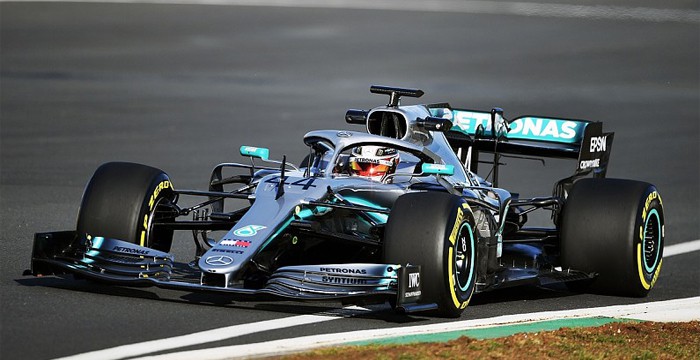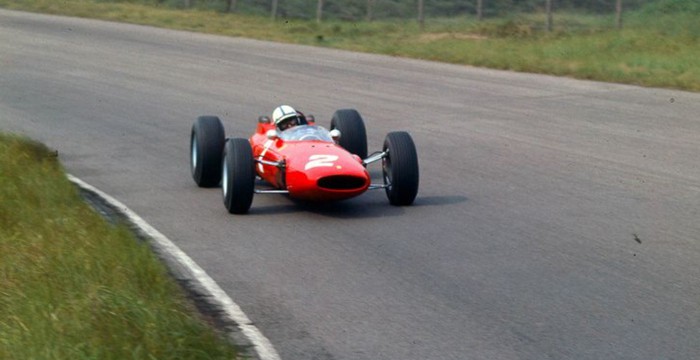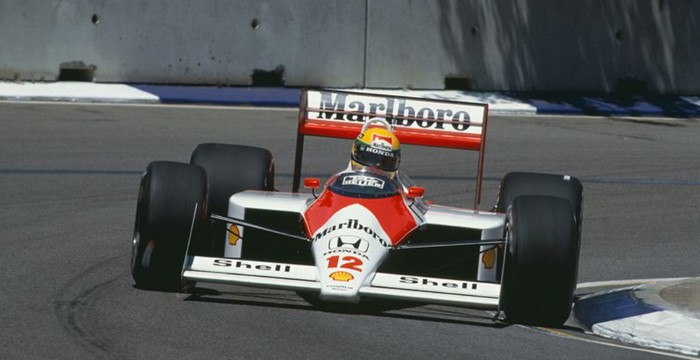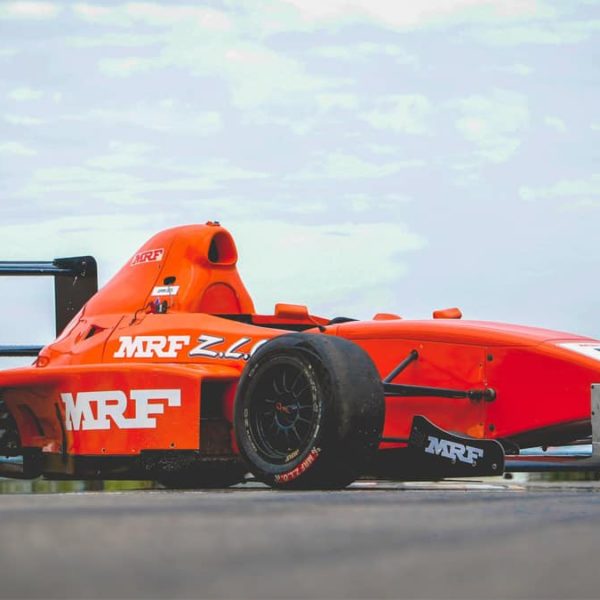What are the rules Rules of Formula One?
Every sport in this world is played with limitations and restrictions which brings the competition fair and equal to all, but what would be the Rules of Formula One car and team?. How the panel of FIA did determine it and how it has met changes over the years? We’ve decided it completely to the utmost level of a common man’s wisdom. Let’s take a quick look!
The Rules and Regulations of Formula One
There is a hell lot of mind-blowing rules, limitations, penalty system, regulations and procedures inside every Grand Prix event. We’ve figured out a few of them which is very important among those are engine limitations and choice, chassis limitation,
The Engine regulations

It is the main powerhouse of
1947-1953 Rules of Formula One
It was post world war period and engines are really bigger but less powerful than today’s engine. They use 3.0L and 1.5L supercharged engines also naturally aspirated 4.5L engines were in use.
1954-1960 Rules of Formula One
The engines restrictions has come to an effect were naturally aspirated engines was limited to 2.5L capacity and it was just 750cc engine that must be used for supercharged cars.
1961-1965 Rules of Formula One
1987-1988 Rules of Formula One
The period was dominated by turbo boosted cars and forced induction. This paved the way for bigger engines like V6 and V8 type with more power as the lap timings were reduced.
1989-1994 Rules of Formula One
When turbochargers were banned it was completely an intense battle for engine manufacturers to add more power in a limited, naturally aspirated V10 type engines. Engine suppliers like Renault, Honda, Ford and Ferrari used various techniques by unique position of V-type in respective angles.
2006-2013 Rules of Formula One
For 2006, the engines had to be 90° V8 of 2.4 litres maximum capacity with a circular bore of 98 mm (3.9 in) maximum, which implies a 39.8 mm (1.57 in) stroke at maximum bore. It was mandated that engine must contain two inlet as well as two exhaust ports and it has a weight limit of at least 95kgs. Later in 2009 KERS was introduced which added as a boost up for the engines for a short review period.
Modern period F1 2014 – present

In the year 2014 engines were undergone a revision of usage conditions from 2.4 V8 engines to 1.6L turbo charged engines. Also this is the initial phase of introduction of hybrid era. The (Motor Generator unit) MGU-H (Heat) and MGU-K (kinetic) were added hybrid units in the F1 chassis. Eventually the era started with fuel flow restrictions which made KERS also known as (MGU-K) system smother.
Current engine technical specifications of Formula One

Combustion, construction, operation, power, fuel and lubrication
- Manufacturers: Mercedes-Benz, Renault (including TAG Heuer rebadging until 2018), Ferrari and Honda
- Type: Hybrid-powered with efficiency combustion process and greater emission engine burning.
- Engine stroke combustion: Four-stroke piston Otto cycle
- Configuration: V6 single hybrid turbocharger engine
- V-angle: 90° cylinder angle
- Displacement: 1.6 L (98 cu in)
- Bore: Maximum 80 mm (3 in)
- Stroke: 53 mm (2 in)
- Valvetrain: DOHC, 24-valve (four valves per cylinder)
- Fuel: 98–102 RON unleaded gasoline + 5.75% biofuel
- Delivery (Fuel): Direct fuel injection
- Fuel injection pressure: 500 bar (7,252 psi; 493 atm; 375,031 Torr; 50,000 kPa; 14,765 inHg)
- Fuel flow limit: 100 kg/h (−40%)
- Fuel economy mileage range: 6 mpg‑US (2.55 km/L)
- Aspiration: Single-turbocharged
- Power output: 875–1,000 + 160 hp (652–746 + 119 kW) @ 15,000 rpm
- Torque: Approx. 400–500 N⋅m (295–369 ft⋅lb)
- Lubrication: Dry sump
- Maximum revs: 15,000 rpm
- Engine management: McLaren TAG-320
- Max. speed: 370 km/h (230 mph) (Monza, Baku and Mexico); 340 km/h (211 mph) normal tracks
- Cooling: Single water pump
- Ignition: High energy inductive
- Banned engine materials: Magnesium based alloys, Metal Matrix Composites (MMC’s), intermetallic materials, alloys containing more than 5% by weight of rlatinum, ruthenium, iridium or rhenium, copper based alloys containing more than 2.75% beryllium, any other alloy class containing more than 0.25% beryllium., tungsten base alloys and ceramics and ceramic matrix composites
Source: wikipedia
To be continued…
Author
– Thiruvarasan.V











